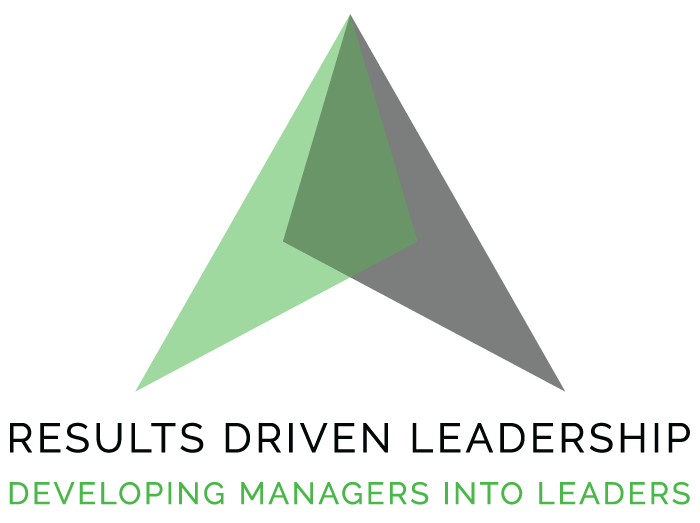TABLE OF CONTENTS
The topic of performance management can bring dread to managers and employees alike.
But a successful system can positively impact the bottom line, provide a path for achieving goals, and increase employee morale. This blog’s Performance Management System resources can help implement and maintain a successful strategic process. Most importantly, you will finally get your team to perform at the level you know they are capable of.
- Most performance management systems are too rigid for uncertain times
- Leaders need a new way to track and encourage high performance
- Aligned goals, ongoing feedback, and flexible metrics and incentives are key
- The early months of the COVID-19 pandemic threw performance management systems into chaos — and the reactions were telling.
The Warning Signs are there, and your company is probably not immune.
Decreased productivity.
One of the most profound and damaging symptoms of employee disengagement is a decline in the quantity or quality of an employee’s work. If you notice that an employee is frequently missing deadlines or submitting subpar assignments, they may be feeling unmotivated due to disengagement from the organization. Other signs include doing the bare minimum and lacking innovative or creative thinking.
Attendance problems.
Employees frequently miss work, come in late and leave early, or take extended breaks during the day. In that case, they likely lack enthusiasm for their jobs, and their motivation is dwindling. These clear disengagement indicators will quickly harm the organization’s bottom line through diminished productivity and overpaid wages.
Negativity.
While some grumbling about the stress and responsibilities of work is typical, excessive negativity is a strong indicator of employee disengagement. Do you have any number of employees who are constantly complaining about their jobs or the organization, shifting blame to others, or generally exhibiting a defeatist attitude at work and are unlikely to care about the organization’s success or put forth their best effort? Managers must eradicate negativity because it can permeate the workforce and harm team morale.
Lack of initiative to improve.
Do you have employees who forego training and development opportunities, avoid taking on new challenges, or are hoping they can get by in their positions with minimal effort? This may be because they do not like their jobs or feel apathetic about the organization’s success—in other words, they are disengaged.
They avoid activities that show an investment in the company.
One of the signs of low employee engagement is withdrawing from participating in change. They only are focusing on doing just enough to get by. This can also indicate that an employee has one foot out the door. After all, why would someone volunteer to help the team or company if they don’t plan to stay?
Time For Change!
The performance management systems of many corporations are ineffective, frustrating, and too rigid for a dynamic, high-risk business environment. It’s time for leaders to make a leap to a new way of managing people.
A Gallup 2021 Study Reveals Today’s Employee Needs For Feedback
- Employees who receive regular feedback are more engaged
- Effective feedback is timely and relevant
- Great managers use feedback to create a development-focused culture
“How am I doing?” “Did that go well?” “What could I do differently next time?”
Employees are hungry for feedback from their leaders, managers, and peers. They want to gain insights that advance their abilities and future potential. And more than ever, feedback is pivotal for engaging employees: Gallup data show that when employees strongly agree they received “meaningful feedback” in the past week, they are almost four times more likely than other employees to be engaged.
Today’s employers and managers must understand how to get the most out of their team members. That is why we designed our Performance Management That Works online training program the way we have.

Essential Characteristics of Modernized Performance Management
The new approach to performance management will have to be more collaborative, adaptive, and individualized based on conditions on the ground.
Aligned Goals
Setting and forgetting goals is no longer an option. Future uncertainty requires an aligned approach to goal setting.
Your company must have an agile and collaborative mindset that encourages employees to own their goals and expect change. Even anticipate it. Employees and managers should look for opportunities to pivot with changes to business needs and be rewarded for identifying new ways to make a positive impact. Your Managers should be given the expectation, authority, and flexibility to tailor goal setting to the team and the individual as their work changes.
Your Employees should not be surprised by performance reviews. This starts with the expectation that goals will be adapted as needed to keep them highly relevant and precisely targeted at high performance. And it ends with ensuring the goal posts don’t move at the last minute, without warning.
Ongoing Conversations
Nearly half of employees say they receive feedback from their manager a few times a year or less. Your managers must adjust their approach to communication. The only viable management style in the future will be ongoing coaching conversations that establish a rhythm of collaboration and create shared accountability for performance and development.
However, most managers have not been using this approach and must be trained in the skills and provided the tools to do so. These conversations are more than just talk — they will have different purposes and outcomes at weekly, monthly, and quarterly intervals. Are your managers prepared to have these effective conversations?
- Your managers must be ready to manage in a hybrid workplace, with some people working from home, some on-site, and others blended.
- Your managers also need to take the personal lives of team members seriously. As the pandemic showed, life outside of work has a significant impact on work itself. In uncertain times, people’s emotions and moods change daily, from hope to fear.
- From now on, the only viable management style will be ongoing coaching conversations that establish a rhythm of collaboration and create shared accountability for performance and development.
- Your managers should focus on the future — identifying opportunities, quickly communicating changes, and preparing for potential pivots. People still want to know that their long-term growth and success haven’t been forgotten.
Are You Managing or Leading?
Great ongoing coaching conversations create a two-way street of communication that makes it easy to discuss needs and challenges and deliver highly individualized recognition. But managers aren’t always naturally good at initiating frequent conversations — and employees don’t always welcome them. Imagine getting more feedback from the worst boss you’ve ever had!
Equip Your Managers to Improve Team Performance
Best-in-class managers use ongoing conversations to deliver energizing feedback that celebrates successes and calibrates performance.
Meaningful conversations and collaboration require training and practice, like teamwork in any other profession. Imagine professional sports teams, musicians, dancers, or the military trying to do their jobs without practice and constant coaching.
Furthermore, this is how trust is built. Your Managers can’t just flip a switch to gain trust; they have to earn it through action and building a solid working relationship. This was true pre-COVID and now has become essential. Are your managers equipped?
Managing Remotely Is a Challenge
If your team is working primarily or part-time on a remote basis, you have new challenges. The old leadership approach is not working. Managing remote workers will be a permanent part of work in the future. Gallup has found that working from home can be one of the most engaging or disengaging experiences possible for an employee, depending on how their manager handles it.
When your managers can step up and have frequent, meaningful conversations, employees can capitalize on the advantages of working from home. However, when your managers fail to communicate, engagement plummets for at-home workers. Your managers must have the knowledge, skills, and tools to communicate with your team effectively.
Additionally, taking a performance goal-based approach to performance measurement that focuses on clearly defined expectations and standards (e.g., SMART goals or OKRs) allows for a more flexible or task-based approach where metrics don’t exist or can be deceiving. This is especially important for teams new to working from home. Those teams must focus on clearly defined outcomes and performance indicators (e.g., metrics, goals, deliverables). Don’t mistake activity and participation — such as emails, meetings, and hours on a timesheet — for high-quality, productive performance outcomes. They are NOT!
It’s Time to Put Your New Performance Management System in Place
Employee needs can’t be adequately met in today’s business environment using traditional performance management systems. It’s time to burn the boats, leave old performance practices behind, and create a performance management strategy that is adaptive, responsive, and calibrated to the new workplace.
Your management team needs the fundamentals of good management more than ever: agile goals, exceptional coaching, and high accountability systems and the training to do so. The Trial and Error Approach Does Not Work for management training and never has. Static performance reviews, annual goals, and infrequent feedback never really cut it before the crisis, but they certainly won’t cut it now. It’s time to make a change.
Do You Want To Make the Improvements?
- Build a better system to get the best out of your people:
- Learn what we know about transforming performance management.
- Have conversations that accelerate employee performance.
- Give managers the training and development they need to lead high-performing teams.
Start Improving Your Teams Performance Now!
Vaughn is the co-founder of Results-Driven Leadership. He is a leadership development expert, podcaster, and author. His methods are brought from his real-world experience working on the front lines and living the role of being a high-impact leader and manager. His coaching and training programs offer no theory, just common-sense advice and direction. He is a former executive with CarMax, the world’s largest and most respected company in the auto industry, and is a Fortune 100 Best Places to Work.






